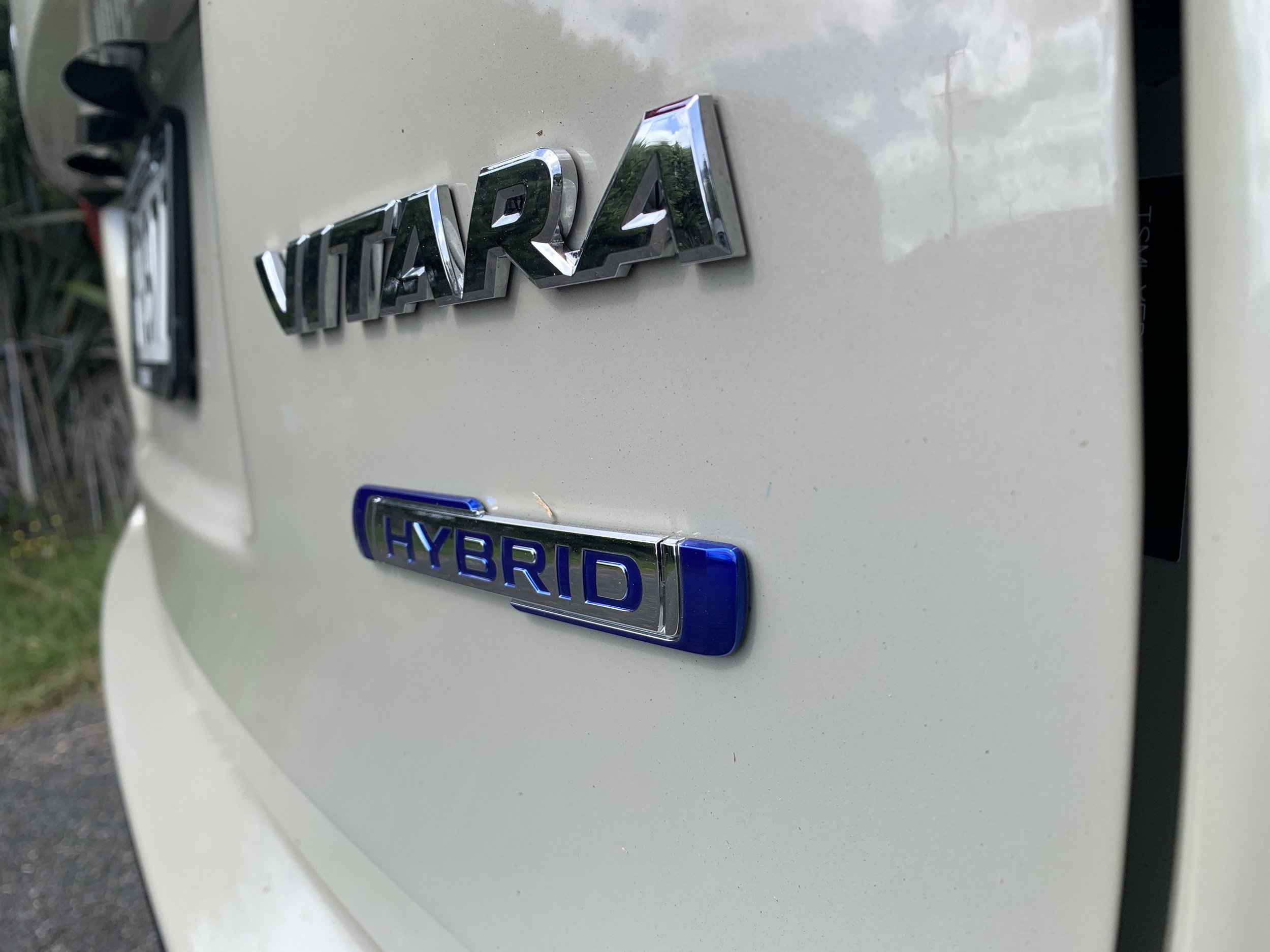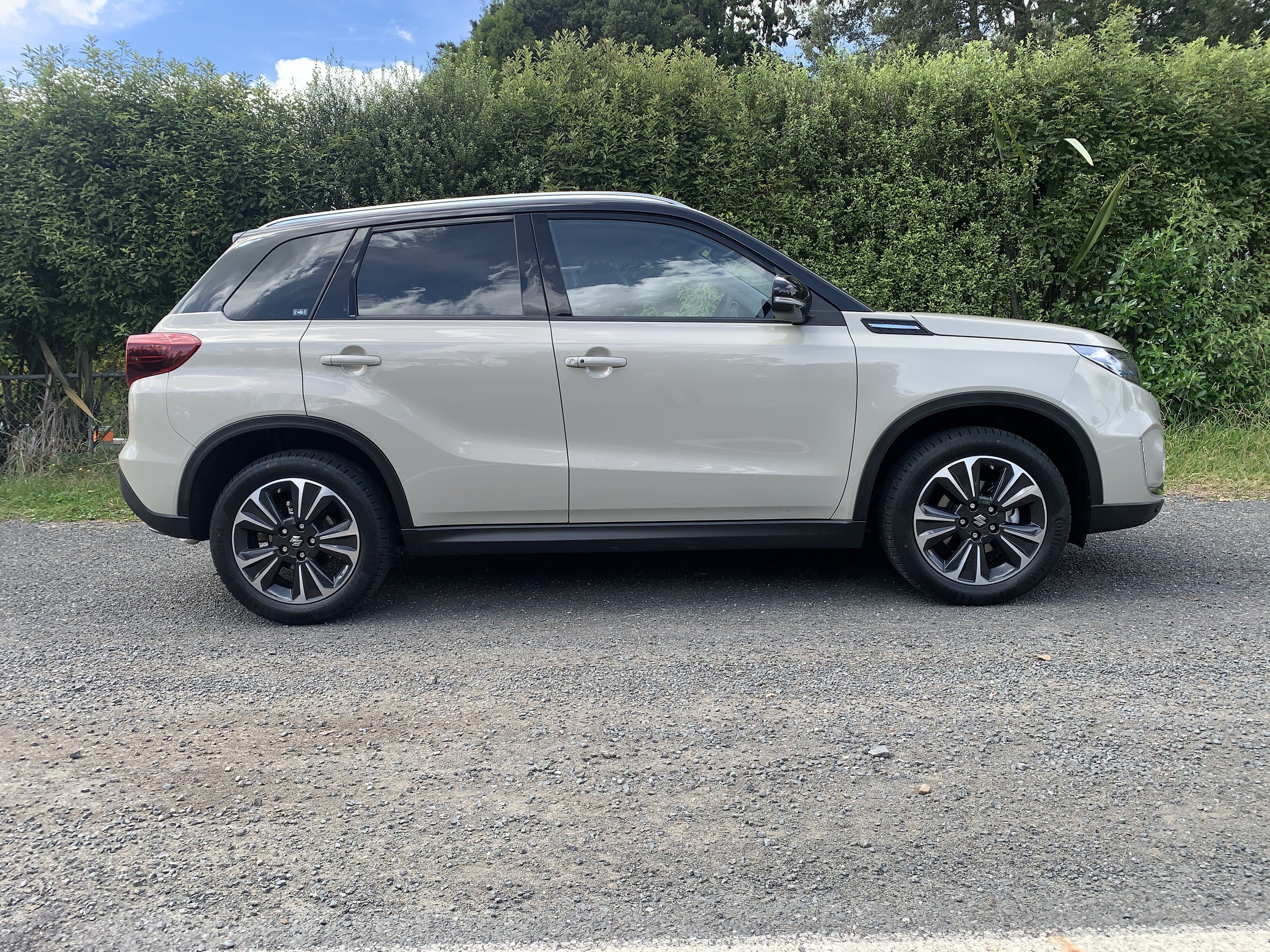Thrift master Suzuki still challenged by Clean Car
/Legislative focus on CO2 output means economy champ still has a hard road, even with hybrids.
TIMES are great for Suzuki in New Zealand – last year’s sales count of 8494 vehicles was a record, Swift went especially big and has stayed that way, being the country’s top selling new choice for Kiwis last month, when this baby car maker’s market share was greater than usually dominant Toyota’s.
Times are hard for Suzuki in New Zealand.
For all the success, stock delivery was severely disrupted in 2022. Domestic delivery has been hit by the inter-islander ferry issues, but that’s minor. Bigger problems are with getting cars to NZ; production has been slowed by component supply issues and enough international shipping operators have switched to more lucrative routes there are more cars than can be accommodated by the remainder. Those still working the NZ route find congestion chaos at arrival ports.
The situation is a hassle for Suzuki. Of 12 source plants, Hungary’s Esztergom factory has become especially important, being home of a new Vitara version of huge importance. The third most popular Suzuki last year is the second local model, after two versions of the top-selling Swift, to go hybrid.
The new-to-market powerplant offers a car a new lease of life in its eighth year of production.
Being at least 15 percent more economical than a comparable non-hybrid Vitara is a selling point, but more important is that the new choice (above) boasts up to 18 percent lower CO2 emissions than fully petrol incumbent models set to be out by year end.
You know why: Clean Car. Suzuki’s frustration the legislation favouring consumer swing toward cars with low – or no - CO2 counts isn’t as hot as last year, when it talking of leaving NZ, but it still struggles with the pace of change being asked of distributors with a system that, from now until 2027, annually tightens emissions targets. Penalties for fleet averages above a line that ultimately settles to under 100 grams per kilometre is territory few fully fossil fuel powerplants can reach. Including even Suzuki’s thrift-sorted types.
Clean Car has not been wholly unrewarding for this make. Last year’s sales result was bolstered by the rebate available on four Swift and two Ignis models. It also sees Vitara’s imprint being strengthened by a drivetrain that also gains eligibility for Government pay outs.
The challenge is that not all Suzuki variants are hybrid-configured. Also, many of its fossil fuel-wed engines, though thrifty, deliver CO2 counts already subject to penalty. Most seem to be in 140-160 grams per kilometre zone.
That is why it is contemplating losing cars – such as the Swift Sport – and why it will carefully judge impending popular product, a good example being the five-door version of the evergreen Jimny. While the small rock-hopper is being considered for a battery-assist drivetrain, at the moment it only runs a 1.5-litre emitting a relatively dirty 160g/km. Ultimate success with Clean Car demands fully electric or hydrogen fuel cell technology. Suzuki has both under development, but production is years away.
Accordingly, it is one of many brands wishing it had more time. Speaking at the Vitara hybrid’s media introduction on March 16, Suzuki NZ boss Tom Peck and new car manager Gary Collins reprised criticism of Government’s schedule and ambitions, suggesting the overall intent is good but the approach too extreme.
They suggest the whole concept of Clean Car shows a lack of even basic understanding from the Beehive’s advisors about how the car industry works and, in Peck’s view, has become “the toughest emission regulations in the world.”
“They took what was already the toughest emission regulation in the world, for Europe, and they stripped down all the bits that allowed you to actually meet it.
“It (Clean Car) is not particularly friendly to light vehicles. It's not particularly friendly to any vehicles … and the New Zealand regulation is particularly unique in that it changes the emission target every year.”
That schedule gives no chance for makers to keep up; cars are built to model cycles of five years at the very least. “Not many car companies renew their models every year.”
One persisting rankle is thought Government legislators fail to register that cars sold in NZ are rarely tailored specifically to our market expectation: It’s too small.
While it can occasionally get creative – the Vitara hybrid being a good example; our’s is a UK-spec model -and achieve special arrangements, general expectation by Japan is that we will accommodate Australia market models. Which brings one significant repercussion.
“Australia does not have the same emission reduction targets that we do. Currently Australia does not have a mandated emission policy,” Peck explains. “Lower emission products might well come on stream from Suzuki once Australian demand is strong enough.”
Suzuki’s electric car intention was signalled by recent unveiling of a concept, the Vitara-ish eVX (above) in India, where it will be built. Already producing more Suzuki vehicles than Japan, the sub-continent will ultimately be home ground for Suzuki’s whole EV programme as it is rich in the right raw materials and there are patent low-cost advantages.
Even so, on current understanding, something like eVX could well still cost $60,000-plus. Out of reach? Peck says 95 percent of his present customer base spend no more than $35,000 on a new passenger car. Collins says the limit for sports utilities is $40k. It could be that purchasers will transition to accepting higher prices, but that requires time.
What’s also factoring is Suzuki’s reluctance to mess with cars that don’t fit neatly into Government’s vision while they nonetheless still find popularity. Their view is that the already noticeable shift to compact vehicles will strengthen more as the economy tightens.
Swift has been the dominant nameplate in the last 12 months leading the Honda Jazz (2345 sales), the Toyota Yaris (1352 sales) and the MG3 (804 sales). The showing has been strengthened by the hybrid (below). Monthly sales of those were boosted by the addition of a more highly-specified RS grade variant. Swift also headed the passenger and SUV market in February with a 5.2 percent share.
Not a bad result at a time when the overall market is noting a massive drop in interest in hatchbacks, with sports utilities and crossovers preferred.
Suzuki isn’t missing out on that trend. Jimny and Vitara were hampered by supply in 2022.
“Jimmy sales were completely based on what allocation we received,” Collins says.
“Who knows what we could have actually achieved for that model? Vitara bounced back from a period of terrible sales, terrible supply rates from out of Hungary.” Ignis, the smallest in the genre, was the quiet achiever; with a big growth spurt.
Vitara Hybrid will feed the hybrid SUV sector that is small, but rising in stature. In the past 12 months this segment has been dominated by the Yaris Cross Hybrid with 1346 sales, followed by the Kia Niro (782), the Toyota CH-R (698), the Ford Puma (351), the Hyundai Kona (332) and the Subaru XV, trailing on 100 units.
Suzuki’s 2022 performance delivered an eight percent rise in volume over 2021 and, says Collins, “we've continued that momentum into 2023. While the total market may be down, we have grown … we have all the components to remain a strong brand in New Zealand.”
Yet for every car that fails to sit below the CO2 cut-off there’s an emissions penalty on the distributor (conversely, anything getting the Green tick earns a credit). Government’s payment scheme doesn’t start until June 1, but the costs have applied from January 1, so even distributors earning credits on some cars that can offset the penalties on others are holding war chests. It’s this aspect that hangs over Suzuki, at a time when it also feels is has advantage in being able to foot models that suit when the economy is tightening.
Collins says, the market is entering into a period of significant change as Government pushes towards the economy being carbon neutral. Even though the hybrids are helpful, to ultimately sustain under Clean Car, brands will need to have a high presence of electric vehicles.
“This will clearly have an impact on price levels and the model mix at extra offers and you will have already seen some models leave the market already. We have a customer base that purchases our models because they love the brand, but many of them simply can't afford a more expensive vehicle.”
Suzuki is keen to know if Government plans any alterations to the Clean Car discount programme.
“They've publicly announced this has cost them more than they planned and that they're reviewing the programme.” Speculation is April 1 will be the time for that change, Collins notes.
“It would be good to continue as it is … we're certainly in no rush to see a change as any revisions will not work in our favour.”




















